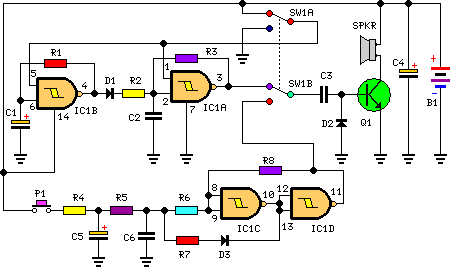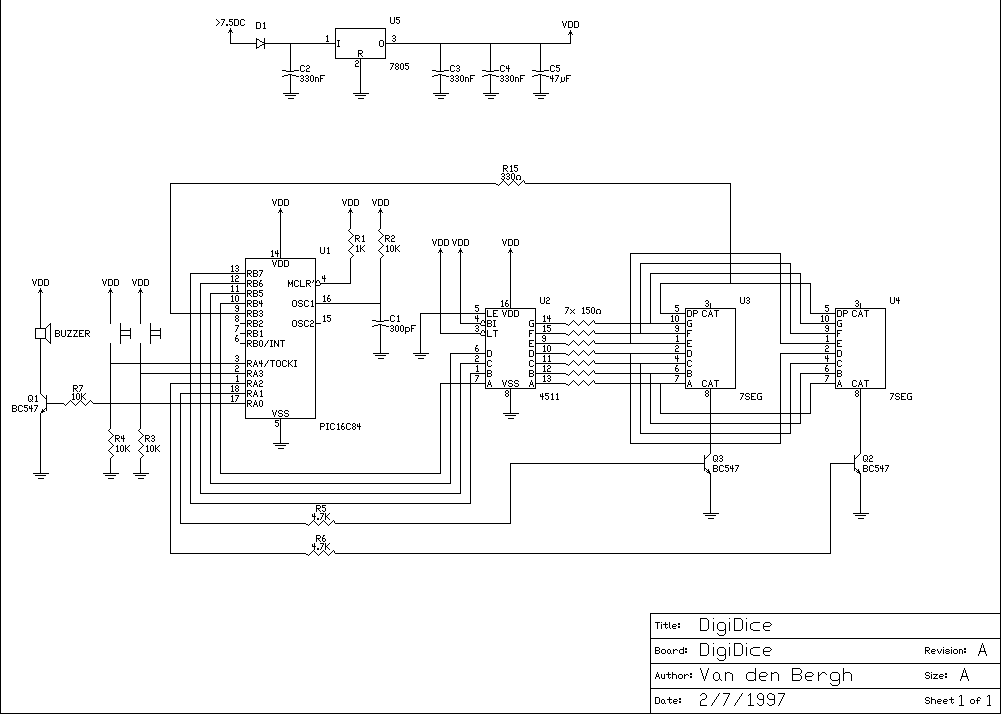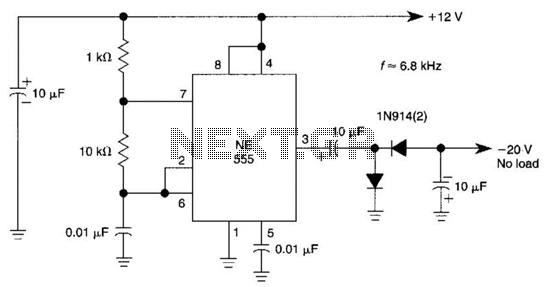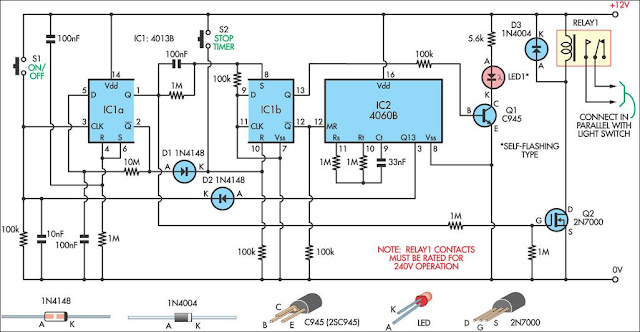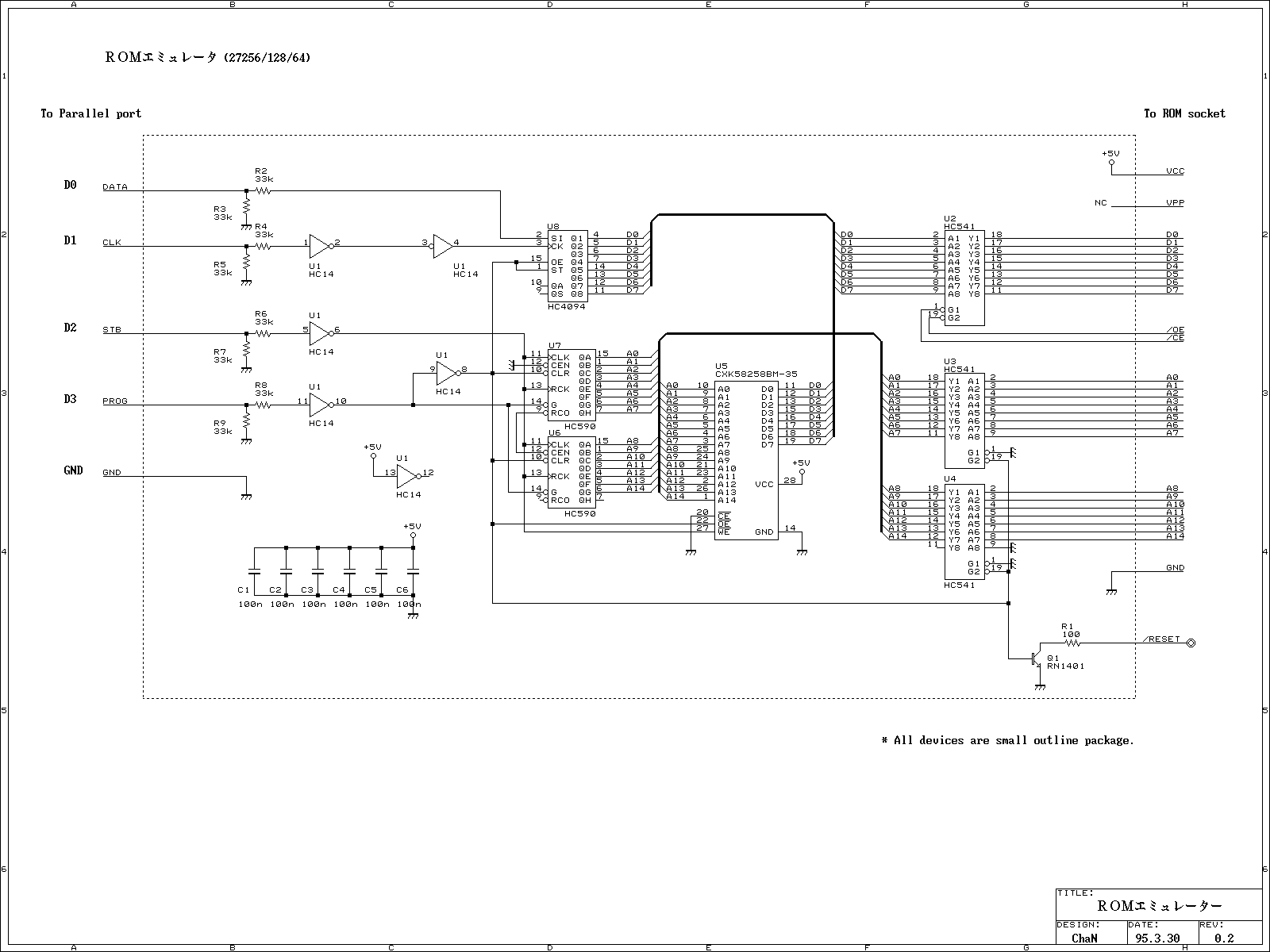
555 timer circuit
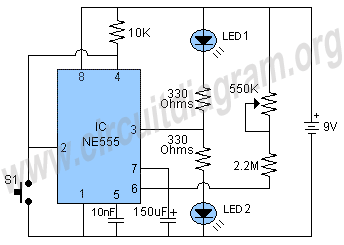
The schematic shown below is a 555 timer circuit. The NE555 is a well-known integrated circuit that comes in an 8-pin dual in-line package (DIP). There is a vast array of circuits utilizing the 555 IC, which contributes to its popularity among electronics hobbyists, students, and experimenters. The circuit described here functions as a ten-minute timer, activated by pressing a button.
The NE555 timer is widely used for generating precise time delays and oscillations in various applications. In this specific configuration, it operates in monostable mode, where the output pulse duration is determined by the resistors and capacitor connected to it.
In the ten-minute timer circuit, the timing interval is set by selecting appropriate resistor (R1) and capacitor (C1) values. The relationship between the timing components and the output duration can be expressed by the formula:
\[ T = 1.1 \times R1 \times C1 \]
Here, T is the time in seconds, R1 is the resistance in ohms, and C1 is the capacitance in farads. For a ten-minute timer, R1 and C1 must be chosen carefully to meet this requirement.
Typically, a push-button switch is connected to the trigger pin of the NE555. When the switch is pressed, it sends a low signal to the trigger pin, causing the output pin to go high for the duration of the timing interval. Once the time elapses, the output returns to a low state.
Additionally, a diode may be included in the circuit to prevent any back-emf that could disrupt the timing process when the switch is released. The circuit may also incorporate an LED indicator connected to the output pin to visually signal when the timer is active.
Power supply requirements for the NE555 timer generally range from 4.5V to 15V, allowing for flexibility in various applications. Proper decoupling capacitors should be placed near the power pins to stabilize the voltage and reduce noise.
In summary, this ten-minute timer circuit utilizing the NE555 timer is a practical and widely applicable design that showcases the versatility of the 555 IC in timing applications.The schematic shown below is a 555 timer circuit. NE555 is a famous IC comes in 8 pin dip plastic package. There is a huge list of 555 IC circuits due to which this IC is very popular among electronics hobbiests, students and experimenters. The circuit mentioned here is a ten minutes timer, after pusing 🔗 External reference
The NE555 timer is widely used for generating precise time delays and oscillations in various applications. In this specific configuration, it operates in monostable mode, where the output pulse duration is determined by the resistors and capacitor connected to it.
In the ten-minute timer circuit, the timing interval is set by selecting appropriate resistor (R1) and capacitor (C1) values. The relationship between the timing components and the output duration can be expressed by the formula:
\[ T = 1.1 \times R1 \times C1 \]
Here, T is the time in seconds, R1 is the resistance in ohms, and C1 is the capacitance in farads. For a ten-minute timer, R1 and C1 must be chosen carefully to meet this requirement.
Typically, a push-button switch is connected to the trigger pin of the NE555. When the switch is pressed, it sends a low signal to the trigger pin, causing the output pin to go high for the duration of the timing interval. Once the time elapses, the output returns to a low state.
Additionally, a diode may be included in the circuit to prevent any back-emf that could disrupt the timing process when the switch is released. The circuit may also incorporate an LED indicator connected to the output pin to visually signal when the timer is active.
Power supply requirements for the NE555 timer generally range from 4.5V to 15V, allowing for flexibility in various applications. Proper decoupling capacitors should be placed near the power pins to stabilize the voltage and reduce noise.
In summary, this ten-minute timer circuit utilizing the NE555 timer is a practical and widely applicable design that showcases the versatility of the 555 IC in timing applications.The schematic shown below is a 555 timer circuit. NE555 is a famous IC comes in 8 pin dip plastic package. There is a huge list of 555 IC circuits due to which this IC is very popular among electronics hobbiests, students and experimenters. The circuit mentioned here is a ten minutes timer, after pusing 🔗 External reference
